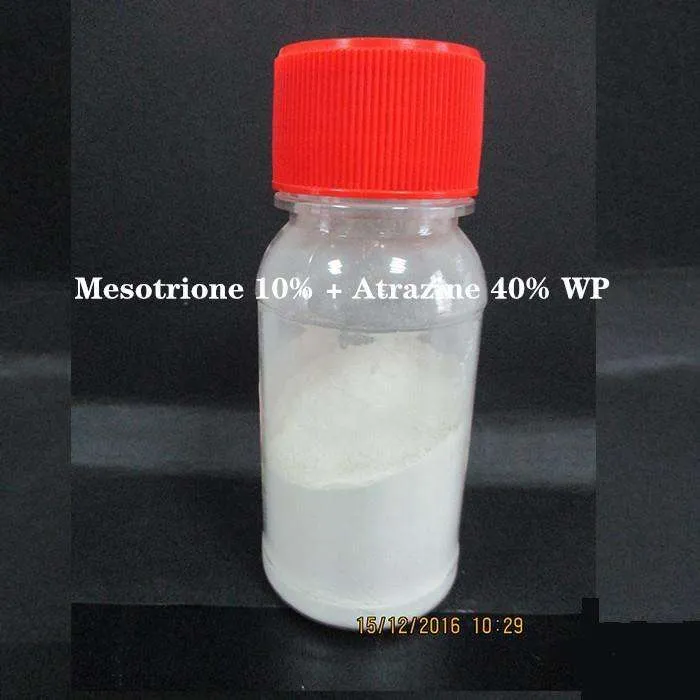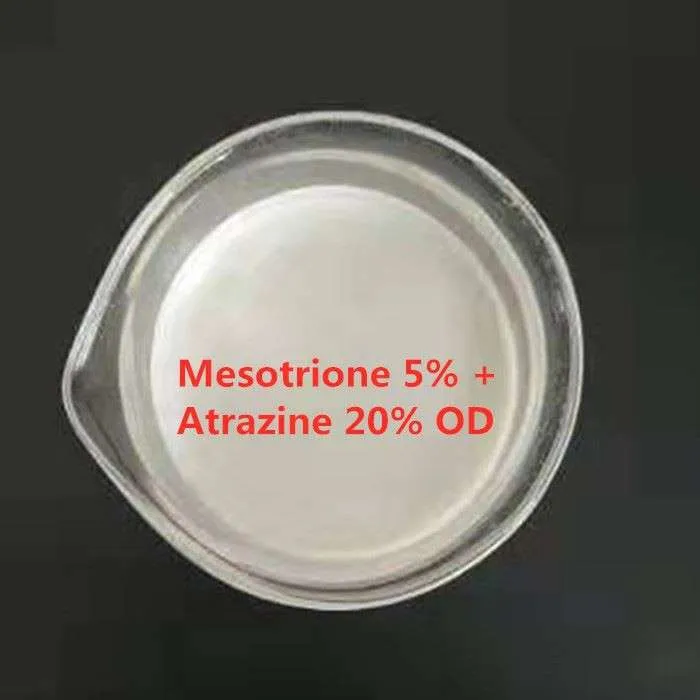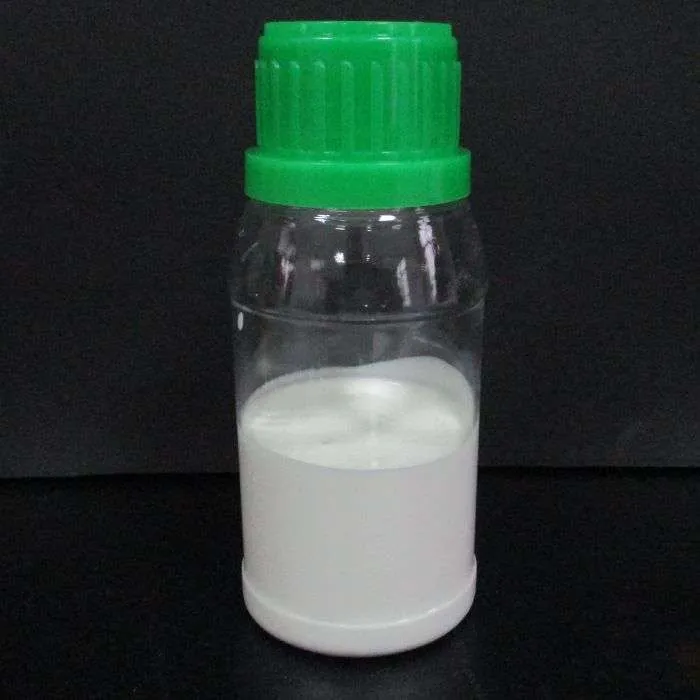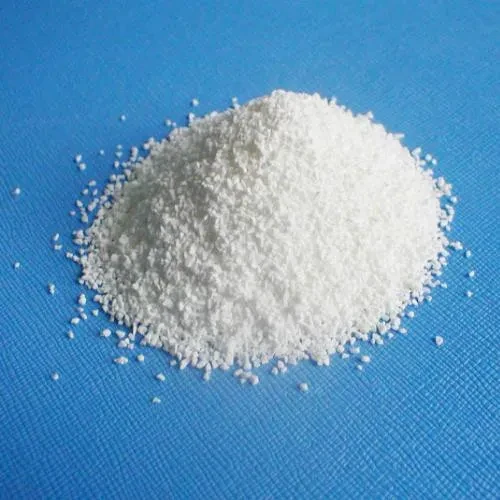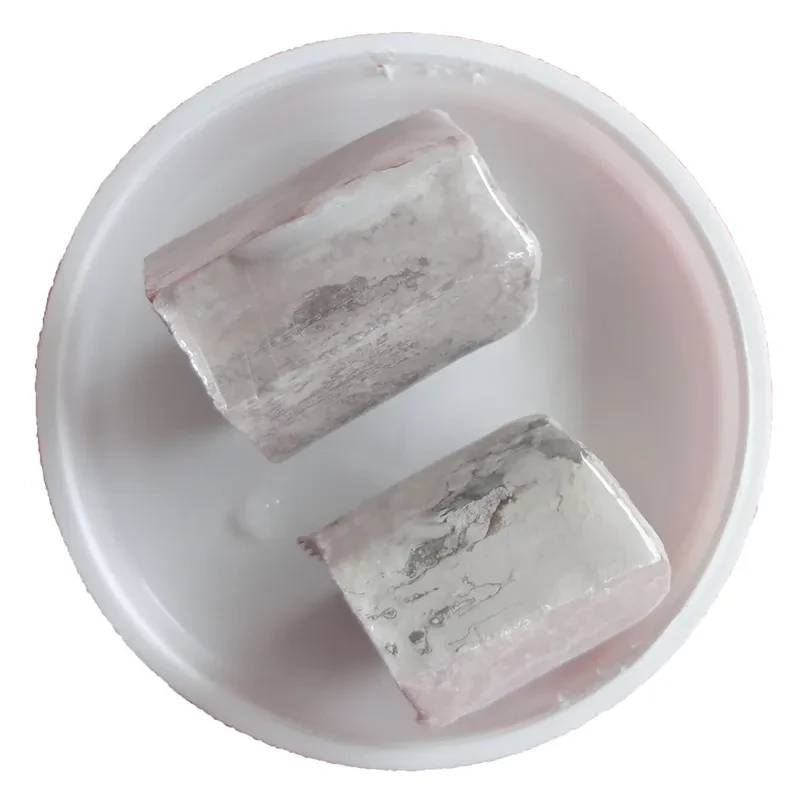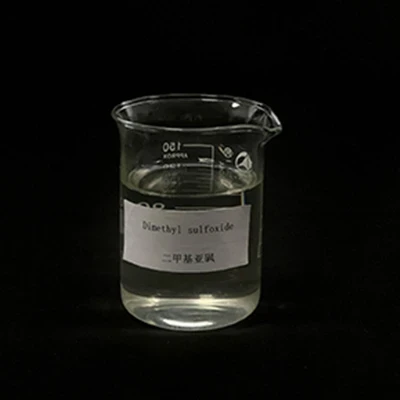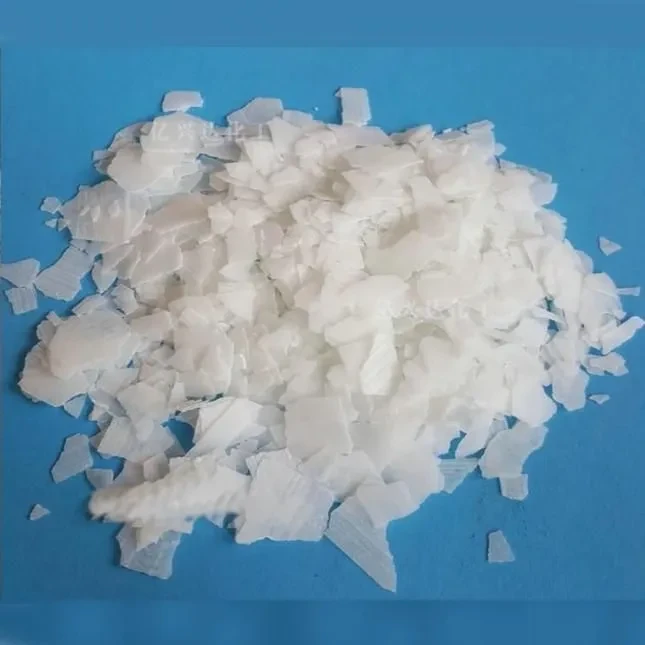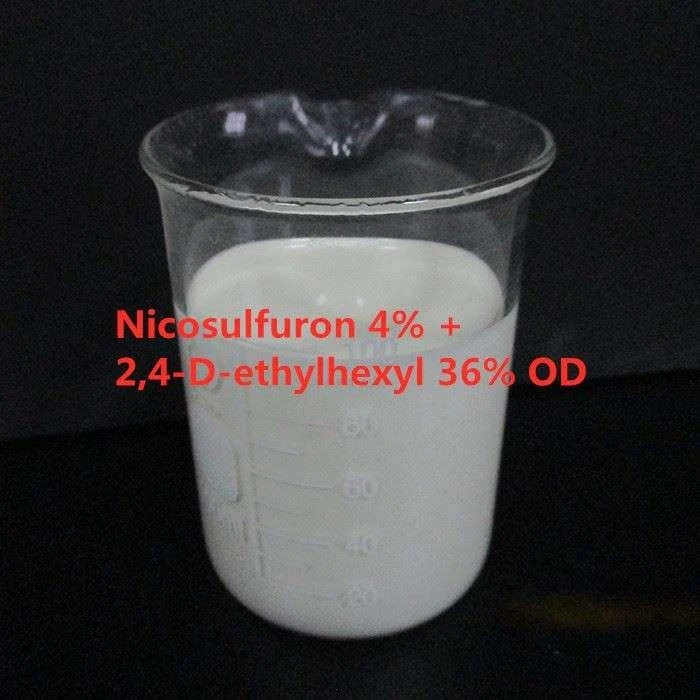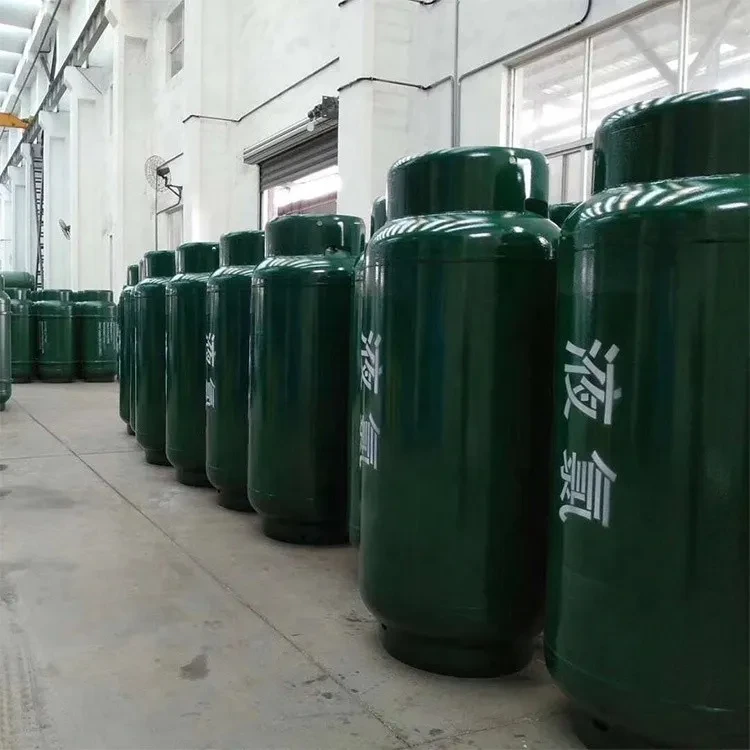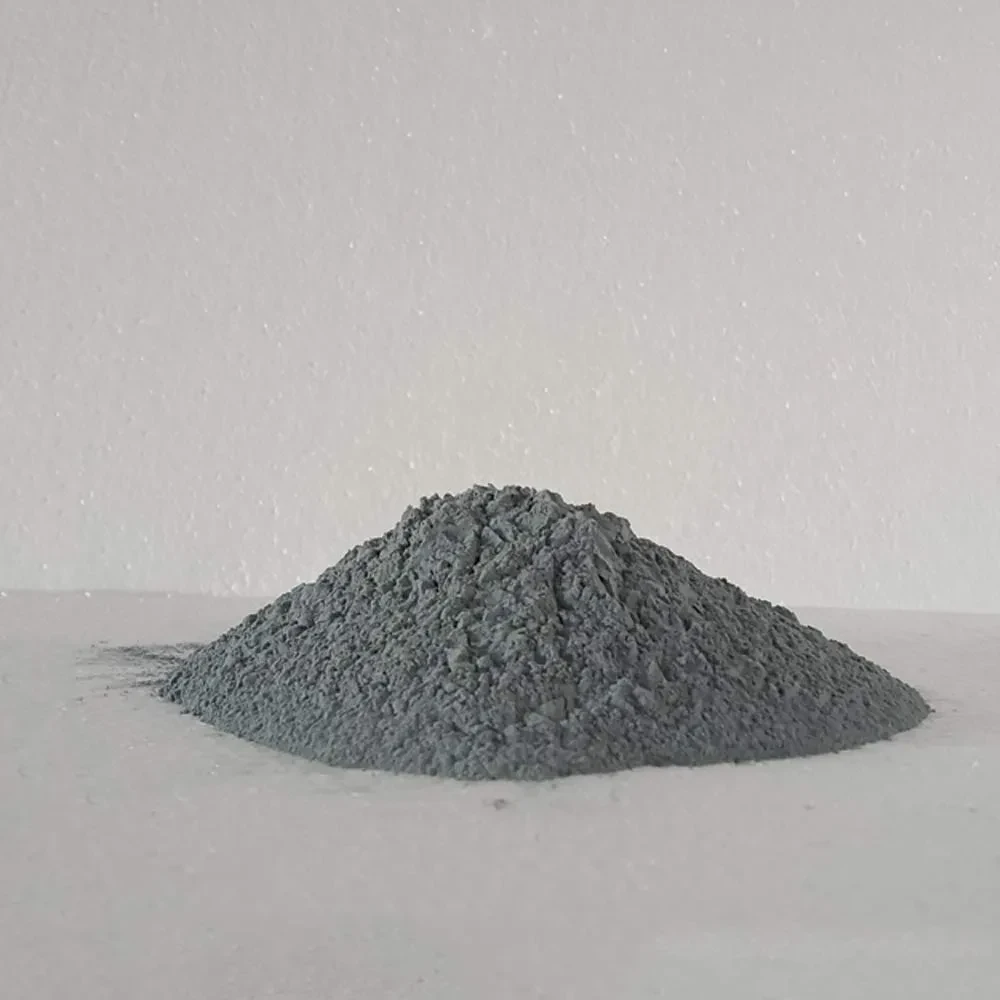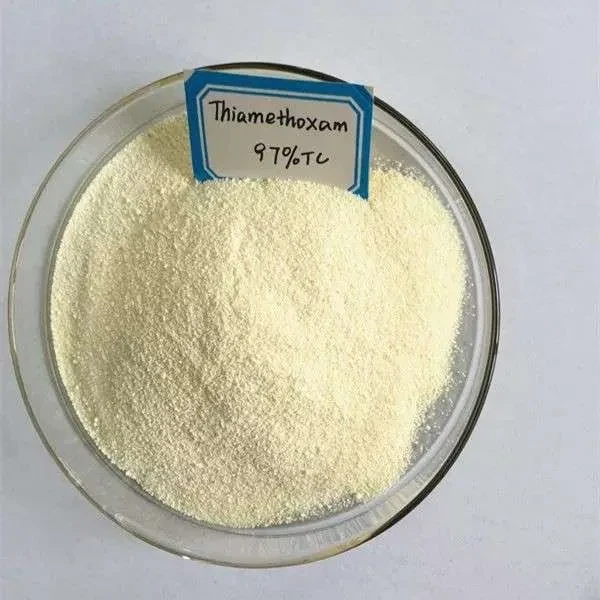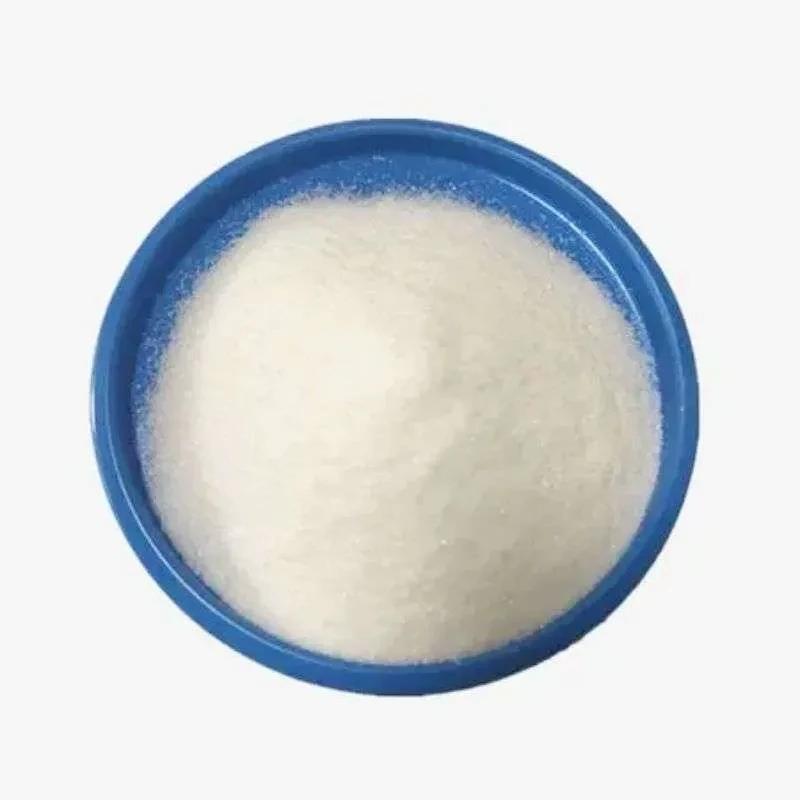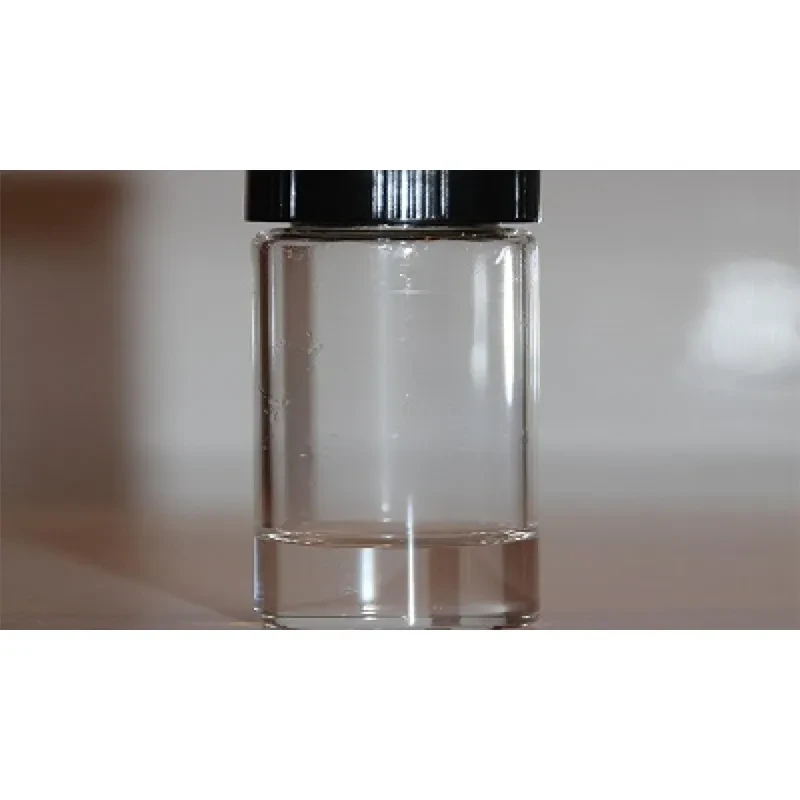CAS No.: 104206-82-8
Molecular Formula: C14H13NO7S
Molecular Weight: 339.32
|
Melting point |
165° |
|
Boiling point |
643.3±55.0 °C(Predicted) |
|
Density |
1.474±0.06 g/cm3(Predicted) |
|
storage temp. |
Inert atmosphere,Room Temperature |
|
solubility |
Chloroform (Slightly), Methanol (Slightly, Heated) |
|
form |
Solid |
|
pka |
pKa (20°): 3.12 |
|
color |
White to off-white |
|
Symbol(GHS) |
|
|
Signal word |
Warning |
|
Hazard Codes |
N |
|
RIDADR |
UN 3077 |
Chemical and Physical Properties
Mesotrione is a light yellow opaque solid with a faint pleasant odour. It dissolves at a rate of 2.2 g/l at 200 C in unbuffered water whose pH is 4.8. It also dissolves in n-heptane <0.5, xylene 1.6, toluene 3.1, methanol 4.6, ethyl acetate 18.6, 1,2-dichloroethane 66.3, acetone 93.3, and in acetonitrile 117.0, all in g/l at 200 degree C.
Mesotrione has a molecular weight of 339.318 g/mol, a monoisotopic mass of 339.041 g/mol and an exact mass of 339.041 g/mol. It has a heavy atom count of 23 and a complexity of 627.
Uses
Mesotrione is a herbicide that works by inhibiting 4-hydroxyphenylpyruvate dioxygenase (HPPD), a crucial enzyme for the biosynthesis of carotenoid in plants. Mesotrione is also a synthetic analog of l epospermone.
Mesotrione is available as a soluble solid or concentrates, as a pressurized liquid, a ready to use solution, soluble concentrate, emulsifiable concentrate, water dispersible granules and in granular form.
Some of its premix partners may include Terbuthylazine, Rimsulfron, Nicosulfron, S-Metolachlor, Glyphosphate and Atrazine.



